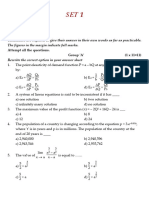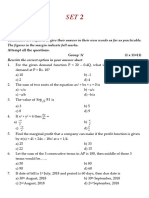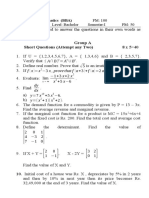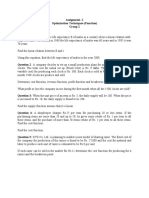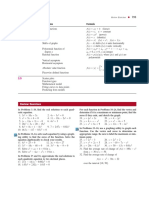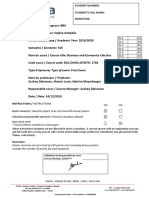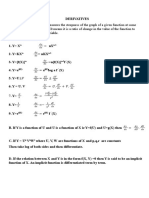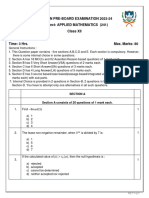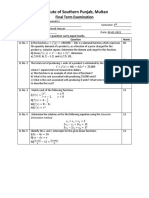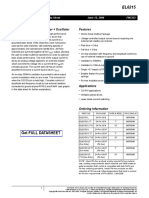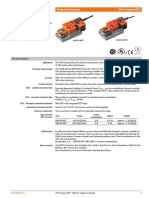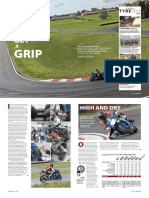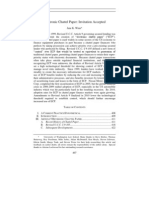0% found this document useful (0 votes)
63 views2 pagesExercises On Functions
The document outlines exercises on functions, including theoretical definitions and practical applications. It covers defining functions, their importance, and various mathematical problems involving function operations, linear functions, and profit calculations. The exercises also include real-world scenarios such as cost, revenue, and population predictions.
Uploaded by
128150tanCopyright
© © All Rights Reserved
We take content rights seriously. If you suspect this is your content, claim it here.
Available Formats
Download as DOCX, PDF, TXT or read online on Scribd
0% found this document useful (0 votes)
63 views2 pagesExercises On Functions
The document outlines exercises on functions, including theoretical definitions and practical applications. It covers defining functions, their importance, and various mathematical problems involving function operations, linear functions, and profit calculations. The exercises also include real-world scenarios such as cost, revenue, and population predictions.
Uploaded by
128150tanCopyright
© © All Rights Reserved
We take content rights seriously. If you suspect this is your content, claim it here.
Available Formats
Download as DOCX, PDF, TXT or read online on Scribd
/ 2

